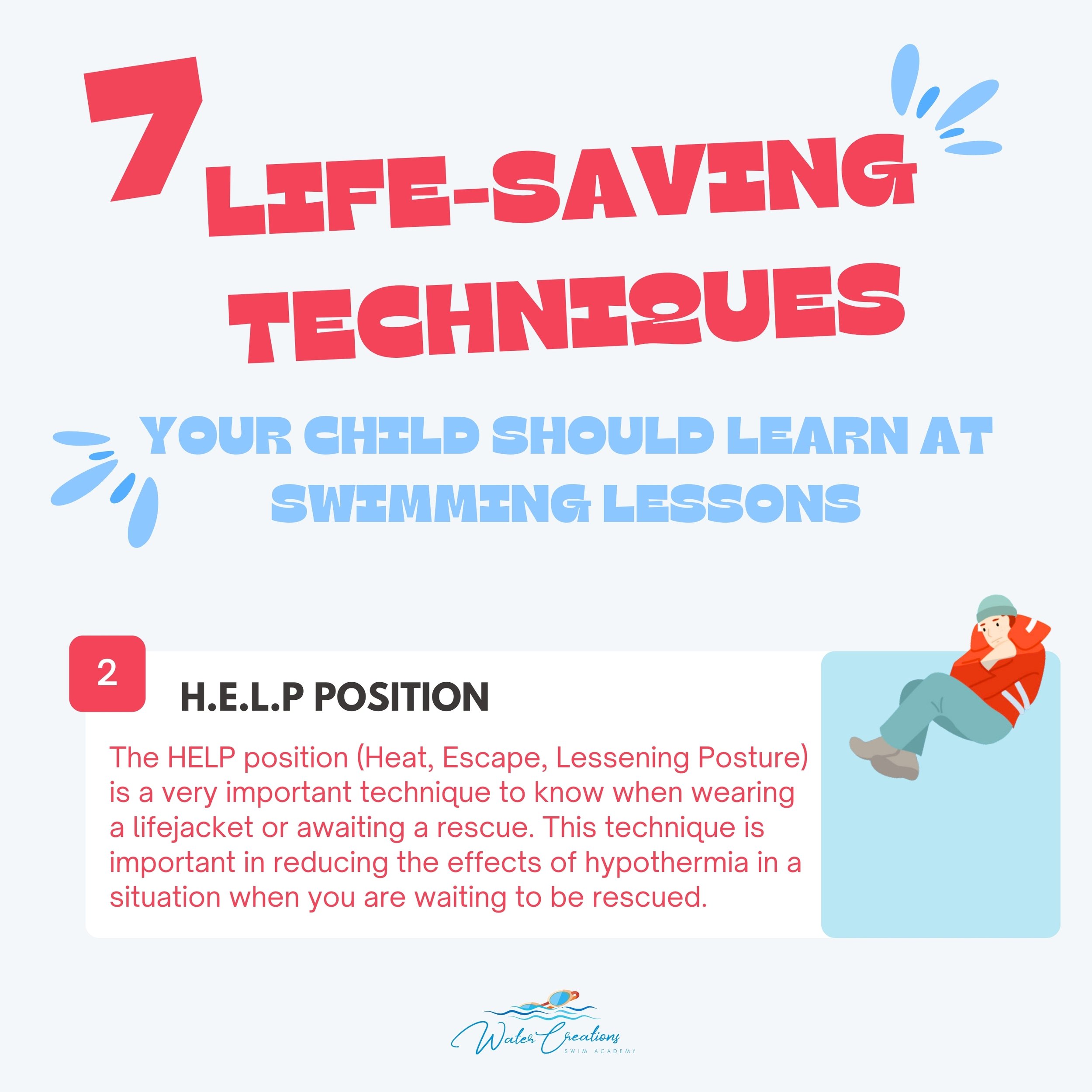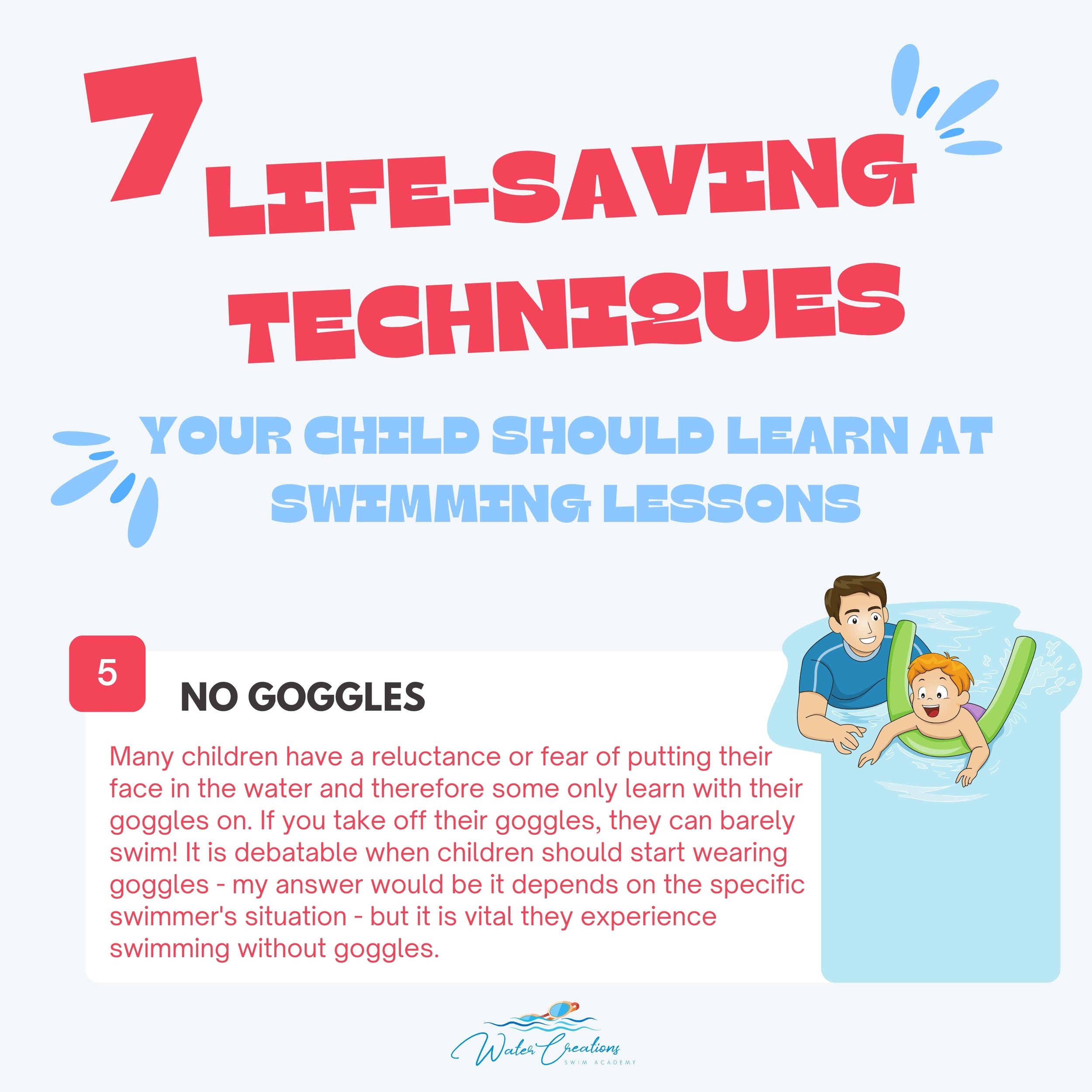7 Lifesaving Techniques Your Child Should Learn At Swimming Lessons
The Importance of Putting Water Safety into Context
If you take your child(ren) to swimming lessons, they would have learned at least one of the lifesaving techniques below. A big part of you taking your child to swimming lessons is that you are wanting them to understand how to be safe around water, so that they can avoid incidents happening in the first place, and to know what to do if they get into difficulty. Not to mention the ability to know how to best support someone else without putting themselves in harm's way.
What is interesting about learning how to swim, is often, the younger ones often do not understand why they are learning to swim because it is in most cases made to be a fun, an exciting activity, or for some, this thing they have to do. However, putting water safety into context and explicitly going over scenarios, with supervision, can be fun and save lives!







7 Lifesaving Techniques Your Child Should Learn At Swimming Lessons
Turn and back Technique
What most people do when they fall into water is panic (especially if they cannot swim). Knowing, learning and practising the ‘Turn, Head down and Kick & Pull Back Technique’ is vital and is taught to children as early as 6 months old.
How this technique is performed:
Practice falling in so that their face is fully submerged.
Once they have fallen in, turn back towards where they have fallen (180 degrees).
Put their head and eyes down to the floor.
Kick with their legs up and in a position remaining as straight as possible (horizontal).
Paddle with their arms and reach for the wall.
HELP Position
The HELP position (Heat, Escape, Lessening Posture) is very important to know when wearing a lifejacket or awaiting a rescue. This technique is important in reducing the effects of hypothermia in a situation when you are waiting to be rescued.
How this technique is performed:
Draw your knees up to your chest
Bring your elbows tight to your side
Fold your arms towards your chest
Keep your head and your body still
Bounce off the floor
Being able to bounce off the floor is a very effective technique for swimmers just out of their depth. It is less effective if you fall into a river, are in a deep pool water, or swimming in the sea.
How this technique is performed:
Breath in
Through your arms up, bend your knees and bring your knees up
Exhale to release the air and sink down
When your feet reach the floor, push back to the surface
Repeat and aim to get closer to shallow water each time
Huddle
Knowing what to do in a situation of cold conditions and with more than one person is a valuable skill to learn. The huddle technique is a critical technique for group survival in cold conditions when wearing flotation devices. It is important that it is not performed with young or weak swimmers and without floatation devices.
How to safely perform this technique:
Lifejacket or floatation device
Explain that we do not pull each other down and let go if we or the other person begin to panic
Put your arms over each others shoulders
Put your chests in close together to keep in the warmth
No goggles
This is vital! Many children have a hesitance, reluctance or fear of putting their face in the water and therefore some only learn with their goggles on. If you take off their goggles, they can barely swim! It is debatable when children should start wearing goggles - my answer would be it depends on the specific swimmer's situation - but it is vital that they have some experience swimming without goggles.
How to safely perform this technique with a swimmer that can swim with goggles:
Find a safe environment; Swimming lessons or your local pool.
Remove the goggles
Practice swimming safely to the side
Blink so that you can see where you are going.
Avoid rubbing your eyes or face as it will obscure your view
Star floats on the back
Many people don’t realise, but being able to star floating on your back is a lifesaving technique. Whilst this technique is not the most effective for everyone - as some people are not blessed with a body type that allows them to float with ease (me!) - it is a vital skill to learn and practice, as well as can save even the worst floater's life.
How this technique is performed:
Relax and take a deep breath to filling up your lunges to improve buoyancy
Lie on your back
Spread your arms and legs apart and creating a star shape
Tilt your head back, look up to the ceiling and put your ears in the water
Use gentle movements to adjust your body
Keep your head back, ears in the water and eyes to the ceiling
Breath slowly and steadily
Stay calm
Treading Water
In some learn to swim programmes, this skill is not taught until the later stages but can be taught early on. The most efficient treading water technique is the egg beater technique and is used by water polo swimmers. However, being able to keep your head above the water without panicking and the head going under is efficient enough in the early stages!
How this technique is performed:
Move your palms in and out under the water to stay balanced
Kick your legs with just enough energy to stay upright
